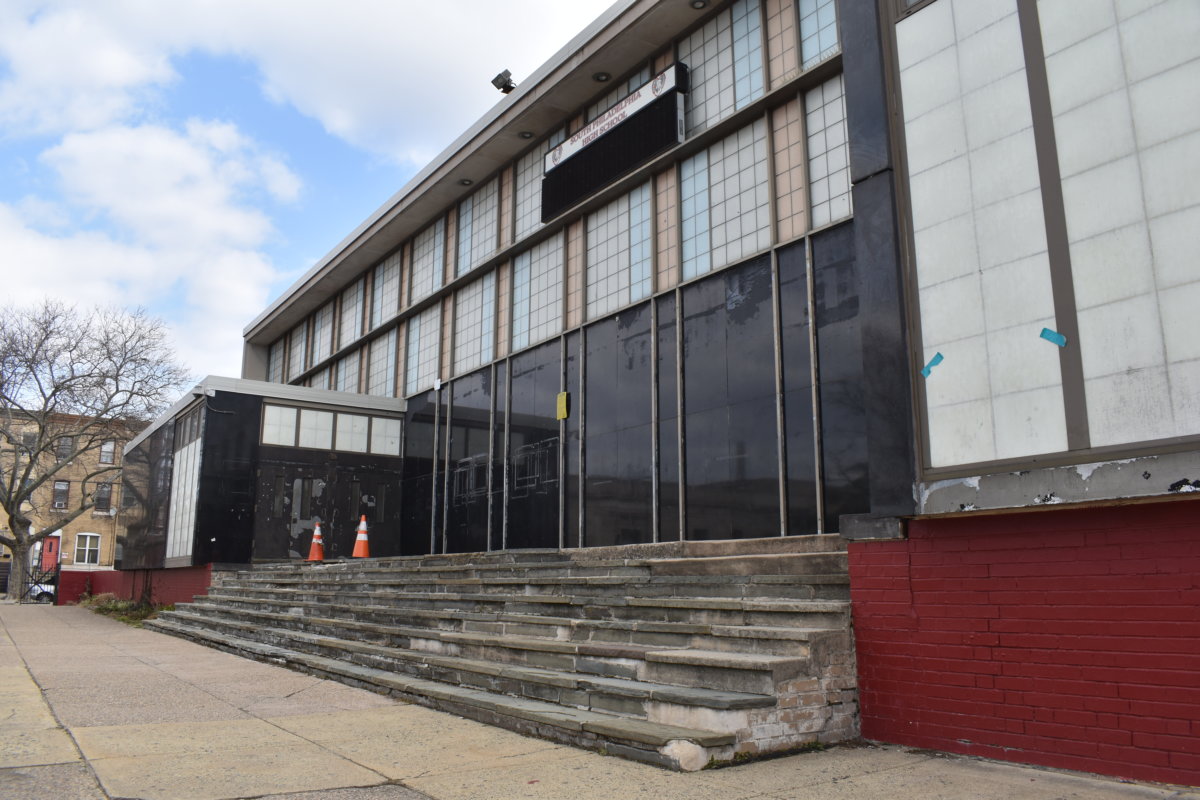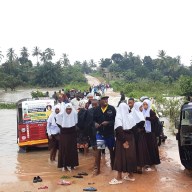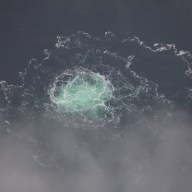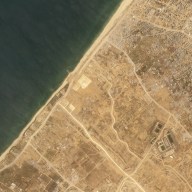OTTAWA – The Canadian army was forced to park some its new battle tanks in Afghanistan soon after they arrived because of technical glitches, says Auditor General Sheila Fraser.
In order to get the Leopard 2 A6M tanks back in the field, mechanics scrambled to strip parts off other armoured vehicles in the war zone and off tanks meant for training, said Fraser’s latest report, released Tuesday.
Her office examined more than $1 billion in urgent purchases for the war in Afghanistan.
“Our audit found that soon after deployment, a portion of the new tank fleet could not be used due to equipment failure,” says the report.
“The problem was compounded by a shortage of spare parts. While normally considered a last resort, Task Force Afghanistan almost immediately began taking parts from tanks on site in Afghanistan and from tanks National Defence had bought for troops training in Canada in order to make the necessary repairs.”
A series of fierce battles and increasingly bigger roadside bombs forced the army to deploy a squadron of old Leopard 1 tanks to Kandahar in the fall of 2006, but commanders quickly found their age and lack of air conditioning in the desert to a liability.
The Conservative government announced in April 2007 that it would spend $650 million on an urgent plan to field new battle tanks.
The first phase of the project involved borrowing 20 modern Leopard 2A6 tanks, specially outfitted to protect against mine blasts, from the Germans.
It also announced the planned purchase of 100 surplus tanks from the Dutch, a mixture of top level A6 models and older A4 types that former defence minister Gordon O’Connor said would have to be upgraded to meet modern standards.
The project, which Fraser found to be two years behind schedule, was considered paramount in safeguarding the lives of Canadian soldiers.
Tanks are useful not only for protection against mines, but in offensive operations where the heavy gun is especially helpful in punching through the thick mud-walled compounds favoured by the Taliban as fortified redoubts.
In addition to the technical problems with the borrowed tanks, Fraser’s audit found it took National Defence six months to get the urgently needed vehicles into theatre.
In addition, the complicated loan arrangement with the Germans has meant that Canada’s training tanks are still in Europe and soldiers in need of training must go there before going to Kandahar.
This is “creating additional cost and inefficiencies,” said the report.
The federal government has subsequently capped the amount of money to upgrade the tanks purchased from the Dutch.
“National Defence will not be able to upgrade all tanks to the desired level,” said Fraser’s report.
“The result is that the training fleet will consist of a different model tank than the deployed fleet – a situation the Canadian Forces considers less than ideal.”
The audit looked at three other urgent purchases, including mine-clearing trucks and RG-31 Nyala armoured patrol vehicles.
Fraser said those purchases – totalling $465 million – went smoothly but there was an absence of proper paperwork.
















